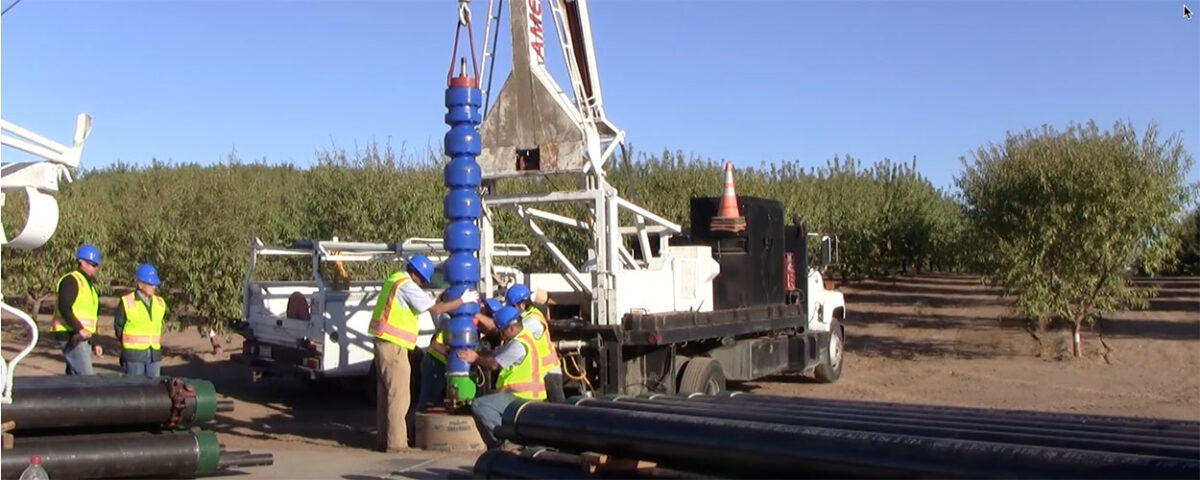Sand in well water can be very damaging to turbine pumps as well as other downstream equipment. When sand enters a pump it erodes the pump’s impellers and creates a rocker-type action causing imbalance and a loss in efficiency resulting in costly repairs, replacements, and higher operating costs due to inefficient pump operation.
LAKOS Pump Protection Separators (PPS) can extend the life of a pump in a sandy well by 5-6 times by utilizing your pump’s own flow to create centrifugal action and effectively remove the sand from the well water.
For larger deep well turbine pumps or submersible pumps with flows over 100 US GPM (23 m3/hr), and for all turbine pumps, use the PPS Pump Protection Separator.
PPS Overview
The LAKOS PPS removes sand and grit, which can shorten the life of turbine water well pumps. When sand threatens the performance of a pump, PPS Separators can help solve the problem and extend the life of the pump. Using a patented centrifugal design, the PPS controls the sand from entering the pump inlet, before it can chew up impellers, bearings, and other pump components. This keeps the pump operating at maximum efficiency.
PPS Features and Benefits
- Reduced sand wear on pump impellers and bearings
- Fewer repairs and replacements
- Longer-lasting pump efficiency
- Lower energy use
- Lower operating costs
- Helps maintain optimum pump yield
- For submersible pumps with flows under 100 US GPM, refer to the LAKOS SUB-K Pump Protection Sand Separator
Flow Range: 100 – 3,180 U.S. GPM (23 – 723 m³/hr)
Maximum Pressure: Up to 150 psi (10.3 bar)
How LAKOS Pump Protection Separators (PPS) Work
- Sandy water is drawn through the tangential inlet slots of the PPS
- Sand is centrifugally separated from the water and is spun to the outer barrel of the separator
- The sand-free water is drawn to the center of the separator and up through the vortex to the pump’s intake
- The sand then falls downward to the bottom of the separator
- Periodically, the flapper valve on the PPS opens to discharge accumulated particles deep into the well
Video Source: Lakos YouTube Channel
How to Size a Pump Protection Separator
- Identify your well’s inner diameter.
- Find your pump’s flow range.
- The best-fit model is in the middle of the range. DO NOT OVERSIZE.
- Verify your well’s depth, water level, and pump depth.
- Verify your pump and motor dimensions (length and width).
Other PPS Resources
- Video: Protecting Water Wells from Sand Damage
- Video: How to Install a Lakos Pump Protection Separator
- Lakos LS-990 PPS Brochure
If you need assistance with protecting your well from sand damage and properly sizing a Lakos Pump Protection Separator (PPS), get in touch with your local Cal-West Rain salesperson to discuss your application and options.

